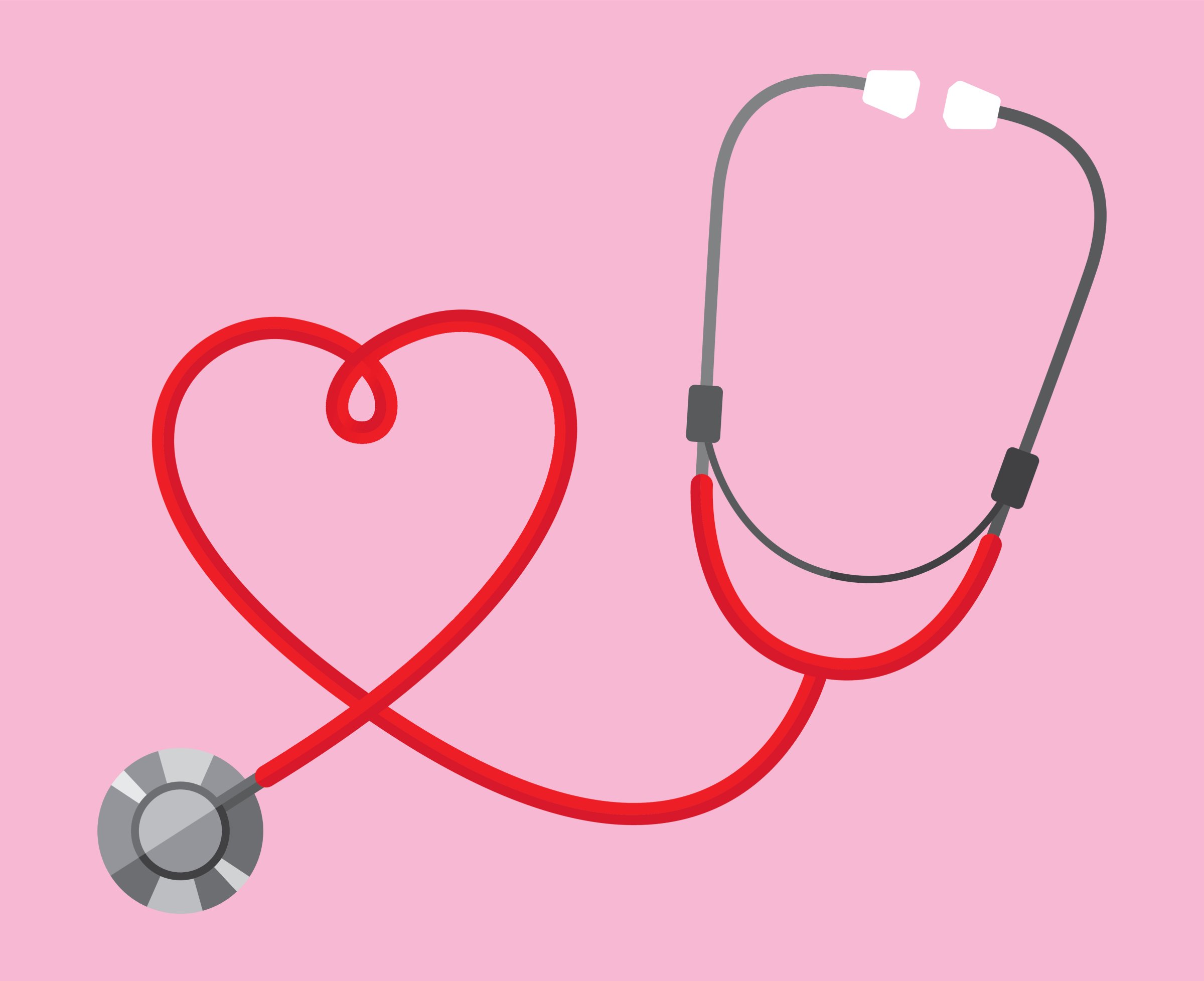
When I was 26, I suffered a brain-stem stroke that kills most of its victims. My husband, Jay, was finishing law school, and our baby was 6 months old. The medical staff didn’t know if I’d ever wake up and predicted I’d be in a medically induced coma for at least three to four days following surgery. I regained consciousness about 12 hours after I underwent my life-saving brain surgery.
When I first came to, I groggily reached for my baby but got tangled in the web of tape and tubing. My right arm didn’t move, and I couldn’t speak. All of my right side, including my face and vocal chords, were paralyzed. I wept at the pain of being isolated from my baby and unable to nurse, which was greater hurt than any needle or surgical tool that cut me.
My husband and I rejoiced that I lived. But it’s been complicated, to say the least. Jay had to watch the entire time, helpless and terrified, as tubes went in my throat, arms and stomach (plus one in my skull to drain fluid from my brain, my life literally hanging by a thread). And I did not gain true awareness of my new circumstances until about two months after the stroke.
Needless to say, this is not the married life we’d imagined we’d be living.
According to the Center for Disease Control and Prevention, strokes are the fifth-leading cause of death in the United States and a major cause of long-term disability. Medicine allows many stroke victims to live—and live longer—but it also means huge populations of people live with severe limitations.
Currently, I’m dealing with right-side facial paralysis, deafness and double vision, as well as right-side weakness and lack of fine motor coordination, especially in my right hand. My walking and balance are impaired, preventing me from driving. I require a cane for short distances and a wheelchair for longer distances. Blessedly, the location of my brain trauma means there have been almost no real effects on my cognition, memory, personality or emotions.
Of course, stroke victims’ lingering limitations affects their marriages and their families. So how do you cope?
You start nurturing the tree of hope that’s planted in the four corners of your marriage. I know this may sound cheesy or weird, but stay with me. Hope trees bear fruit—a particular kind of fruit that helps you endure. Hope’s gotten me out of some of my darkest places physically—and even more importantly—spiritually.
How does a hope tree grow?
1. It’s fed with tears. Allow yourself and your spouse to shed many tears. Don’t grieve in isolation. Be sure to cry in each other’s presence at times and hold one another. Grief can be a tremendous bonding experience in marriage. Naming our losses is required before we can begin picking up the broken parts to build something new, together.
2. It’s fed with surrender. Nothing kills joy faster than expectations about how things “should” be. It’s counter-intuitive, but you have to let go of what you believed, dreamed or maybe demanded that your life would be. Fear and resentment hold joy in a chokehold. We fear what will happen if we don’t get our bodies, babies, careers, communities—basically our futures—back to what we thought they would be, and we end up miserable. Instead, surrender your expectations. Release your terrified grasp on what’s slipping away, and begin to cling to something greater. For me, that’s the God whose goodness permeates even through a life that looks different than we ever imagined for ourselves.
Read more: 7 Ways To Boost Your Mental Strength When You Need it Most
3. It’s fed with intentional sacrifice. When one spouse is limited by health problems, there will be layers of built-in sacrifice every minute of every day that you didn’t have before. Jay has to drive me around, get me in and out of the bathtub and push my wheelchair everywhere we go. Yet on the inside, we’re all handicapped, wounded or needy in some way. The biggest enemy to marriage is self-focus, so the practice of repeatedly, intentionally sacrificing your own neediness for the sake of your spouse—even when you’re not feeling it—allows the tree of hope to grow taller so you can find rest in the cool shade of its leaves. The heat of struggles lessen in the love of each other.
Read more: ‘Why Healthy, Successful Women Still Need Men’
4. It grows with the wisdom and love of others. When I first went to the hospital, hundreds of people from our church community were with Jay in the waiting room. Many stayed by our sides and continue to walk with us through this journey today. Medical crises reveal what’s always true: We can’t “be” enough for ourselves or for our spouse. Love and experience from others provide essential gifts. To be fully known and fully loved, to be vulnerable and supported are some of the greatest benefits of doing life together. Even as your life slows down and it becomes harder to go places than it was before, fight to make being in community—a community that supports you spiritually as well as physically—a priority.
Katherine Wolf and her husband, Jay, founded the nonprofit ministry Hope Heals. Their first book, also entitled Hope Heals, details their story of near-death and new life.
More Must-Reads from TIME
- Why Biden Dropped Out
- Ukraine’s Plan to Survive Trump
- The Rise of a New Kind of Parenting Guru
- The Chaos and Commotion of the RNC in Photos
- Why We All Have a Stake in Twisters’ Success
- 8 Eating Habits That Actually Improve Your Sleep
- Welcome to the Noah Lyles Olympics
- Get Our Paris Olympics Newsletter in Your Inbox
Contact us at letters@time.com